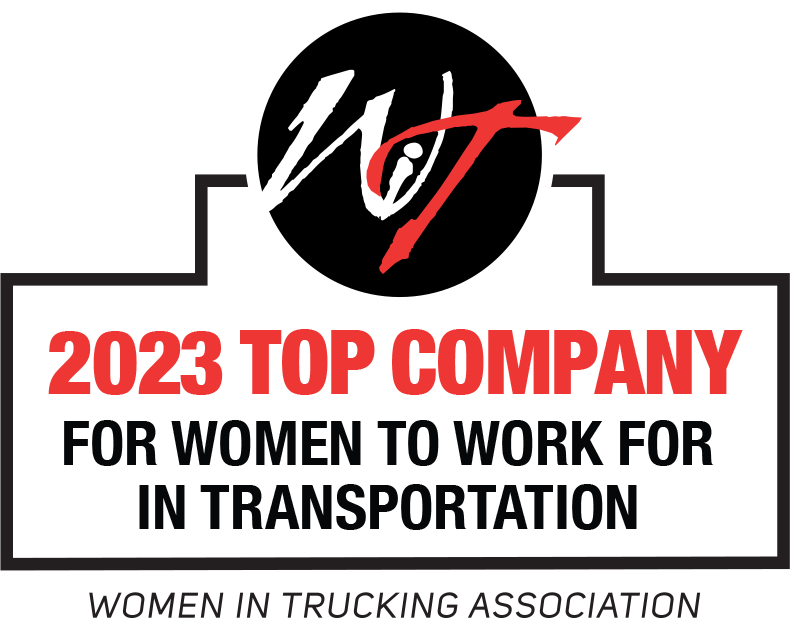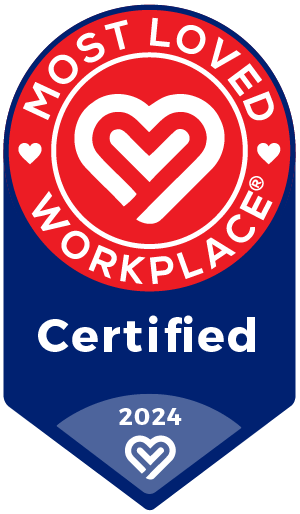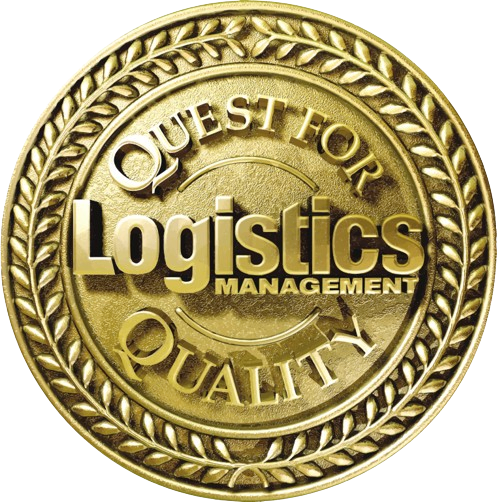Last month, you promised to comment on some of the major impacts that COVID-19 has had on businesses and their supply chains. So go ahead. Spill.
Thanks for the reminder. With many aspects of American life getting back to “normal,” it’s tempting to want to put memories of the pandemic far, far behind us. Even so, we can’t lose sight of the fact that COVID-19 has altered many of the ways that supply chain professionals have typically gotten things done, including:
- Just-in-time is out of time. Anyone who struggled to find items like toilet paper and face masks in the spring of 2020 knows that having some amount of inventory on hand is now seen as an asset rather than a liability. Look for new inventory management solutions to come into play that allow companies to balance the needs of both their customers and their investors, including maintaining higher amounts of safety stock.
- Less office work, more home work. Despite the fact that many of us CAN return to the office, most people aren’t as keen on that idea as you might think. Remote work and hybrid work (part office/part home) will remain popular with many current and potential employees, many of whom now view the ability to work from home as a right instead of a privilege.
- Less reliance on offshoring. Offshore manufacturing plants and the elongated supply chains they created paved the way for a lot of additional uncertainty for many businesses, especially during the early days of the pandemic. In light of that, don’t be surprised to see more companies electing to nearshore at least some of their production going forward.
Like it or not, COVID-19 was the ultimate stress test — one that we shouldn’t forget anytime soon. Smart leaders in each business sector should take this opportunity to examine how strong their supply chains really were and to honestly assess what needs to change. Only then can they do an effective job of vaccinating their businesses against the next Big (and Bad) Thing.









